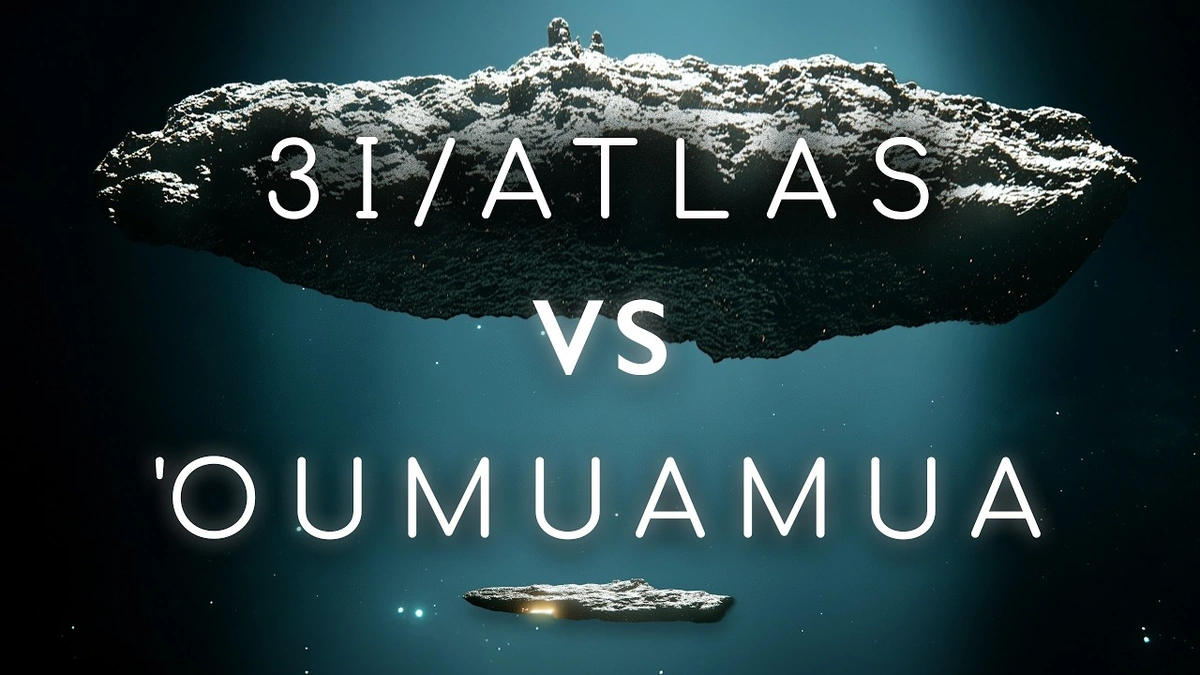Okay, folks, let’s talk about something truly out there – literally. We’re diving into the enigma that is Oumuamua , the interstellar object that zoomed through our solar system back in 2017. Now, scientists labeled it a comet or asteroid. But here’s the thing: it behaved…strangely. And when things behave strangely in space, well, conspiracy theories bloom faster than algae in a stagnant pond. The question isn’t just what Oumuamua is, but why its peculiarities have so many whispering about extraterrestrial origins. That’s the question that matters.
Why Oumuamua Still Captures Our Imagination

So, why are we still talking about this thing years later? Let’s be honest – most space rocks don’t exactly set the internet on fire. I think it’s this: Oumuamua is a Rorschach test for our cosmic anxieties and hopes. We look at it and see reflections of our deepest questions about whether we’re alone. But beyond the philosophical musings, there are seven specific anomalies that continue to fuel the debate. What fascinates me is how these anomalies challenge our current understanding of astrophysics. It forces us to confront the limits of our knowledge.
The Seven Deadly (Anomalous) Sins of Oumuamua
Here’s where it gets juicy. Let’s break down the seven key anomalies that have kept the alien probe theories alive and kicking:
- Unexplained Acceleration: Comets typically speed up as they approach the sun due to the “rocket effect” of vaporizing ice. But Oumuamua accelerated more than predicted, and showed no signs of cometary activity. This is a big one.
- Its Shape: Estimates suggest it was highly elongated, possibly cigar-shaped or pancake-shaped. Such extreme shapes are rare for naturally occurring space objects. Some have speculated about an artificial construction.
- Lack of a Coma: Comets usually develop a coma (a hazy atmosphere) as they get closer to the sun. Oumuamua didn’t. No coma, no expected acceleration from vaporizing ice…hmmm.
- Its Trajectory: Its path through the solar system was unusual, suggesting it wasn’t gravitationally bound to our sun. It came from somewhere else. As per calculations on NASA ‘s website, its trajectory was hyperbolic.
- Its Size: While estimates vary, it was relatively small, making it harder to detect and study, adding to the mystery.
- Reflectivity: Oumuamua’s brightness varied significantly as it tumbled through space. What does that signify?
- No Radio Signals: The Search for Extraterrestrial Intelligence (SETI) aimed radio telescopes at Oumuamua, but detected nothing. Okay, this doesn’t prove anything, but it’s still a bit of a letdown for the alien-hunters.
Comet, Asteroid, or Spaceship? Decoding the Theories
Let me rephrase that for clarity… What are the actual proposed explanations, and how well do they hold up? The mainstream scientific community leans heavily toward a natural explanation. One leading theory suggests Oumuamua was a fragment of a Pluto-like exoplanet, ejected from its home system millions (or billions!) of years ago. Another posits that it’s a “dark comet” composed of exotic ices that don’t produce a visible coma. These theories are plausible, but they don’t perfectly account for all the anomalies. That’s where the more speculative ideas come in. Harvard astrophysicist Avi Loeb famously suggested that Oumuamua could be a light sail – a technology used to propel spacecraft using radiation pressure from stars. Loeb’s hypothesis, while controversial, directly addresses the unexplained acceleration. What’s more fascinating, is that the interstellar object could have been tumbling for a very long time as calculated on SETI ‘swebsite.
Why the “Alien Probe” Theory Isn’t Just Sci-Fi Fantasies
Here’s the thing: the alien probe hypothesis isn’t just some crackpot idea. It’s a legitimate scientific inquiry, driven by the fact that existing models struggle to explain Oumuamua’s behavior. Now, am I saying it is an alien probe? Absolutely not. But ruling it out entirely would be unscientific. It is important to use the best scientific tools to analyze the object with the hope of finding additional information. The lack of radio signals, for example, doesn’t mean it isn’t artificial. Maybe it’s a defunct probe, or uses a form of communication we don’t yet understand. Or maybe, just maybe, it’s a natural phenomenon we haven’t encountered before. Either way, Oumuamua has served as a wake-up call. It has highlighted the need for improved methods of detecting and studying interstellar objects. In the words of the great Fox Mulder, “I Want to Believe”… in better data, at least. You can find more information regarding the object on Oumuamua ‘s Wikipedia page. To give you an estimate of the speed, objects travel at approximately 30 kilometers per second relative to the Earth in our region of the Milky Way.
What really gets me is the implications. If even a tiny fraction of these interstellar objects turn out to be artificial, it would completely change our understanding of our place in the universe. What if it opens a new branch of interstellar travel?
A common mistake I see people making is dismissing anomalies as “just unexplained.” But sometimes, the unexplained is the most interesting part.
Let’s not forget to explore lunar eclipse and the wonders of the naked mole rat!
FAQ About Oumuamua
What does Oumuamua mean?
Oumuamua is a Hawaiian word that translates to “scout” or “messenger from afar,” reflecting its origin from outside our solar system.
When was Oumuamua discovered?
It was discovered on October 19, 2017, by the Pan-STARRS telescope in Hawaii.
How far away is Oumuamua now?
Oumuamua is now far beyond the orbit of Neptune and is no longer observable with current telescopes.
Could we ever catch up to Oumuamua?
Catching up to Oumuamua would require a dedicated mission with significant technological advancements, as it is traveling at a very high speed.




